Turmeric is probably one of my favorite natural colorants for cold process soap! It gives soap a pretty orange color, perfect for fall! You can add turmeric directly to your soap. Note that it might speckle a bit and even be just slightly scratchy. I don’t mind how it feels, but to avoid this, you can create an infusion and use your infused oil in this recipe.
(Disclosure: Some of the links below are affiliate links, meaning, at no additional cost to you, I will earn a commission if you click through and make a purchase.)
Turmeric is a vibrant golden spice used to flavor and color food! Turmeric has many health benefits and is also known to be good for your skin! We certainly can’t say what benefits of turmeric make it past the lye, but it sure gives it a beautiful color!
Turmeric, Lemon & Lavender Cold Process Soap Recipe
Basic Body Bar – More Moisture from Lovin Soap Studio Recipe eBook (Grab your copy for 50 cold process soap recipes + 64 essential oils blends!)
Base Oils
- Coconut Oil (76 degree) – 270 grams (30%)
- Shea Butter – 90 grams (10%)
- Olive Oil – 342 grams (38%)
- Avocado Oil – 72 grams (8%)
- Rice Bran Oil – 126 grams (14%)
Lye Solution
- Sodium Hydroxide – 126 grams (5% superfat)
- Water – 252 grams (1:2, lye:water ratio)
Scent
Use your favorite slow-moving fragrance or essential oil blend. I used a blend of lavender, lemon and litsea essential oils. If you’re looking for a good place to get essential oils, I HIGHLY recommend Appalachian Valley Natural Products. I love their products and their shipping is super fast!
- Lavender Essential Oil – 20 grams
- Lemon Essential Oil – 8 grams
- Litsea Essential Oil – 2 grams
Additives
- Turmeric Powder – 1 teaspoon
Let’s make soap! If you are new to soapmaking, be sure to download our free guide, How to Make Cold Process Soap! Gear up in your gloves and your safety glasses.
Step 1: Create a lye solution. Weigh the water and lye into two separate containers. Slowly pour the sodium hydroxide into the water while stirring. Stir until completely dissolved and set aside to cool. Your solution will start off cloudy and will clear up as it cools.
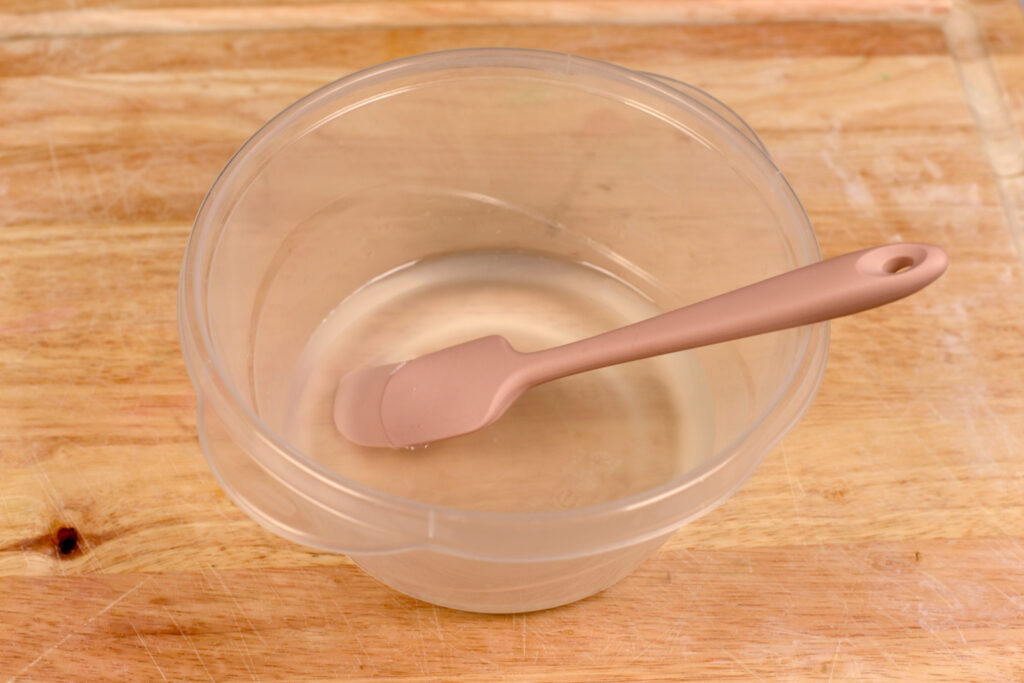
Step 2: Prepare the base oils. First, weigh any solid oils and butters into a container and melt. You can melt using the microwave or low heat on a burner.
Step 3: Next, weigh each liquid oil into the melted oils. The liquid oils will cool down the melted oils and leave you with a base oil mixture that is about at the correct temperature to make soap. It might still need to cool down a bit.
Step 4: Add your turmeric and mix to disperse into your base oils.
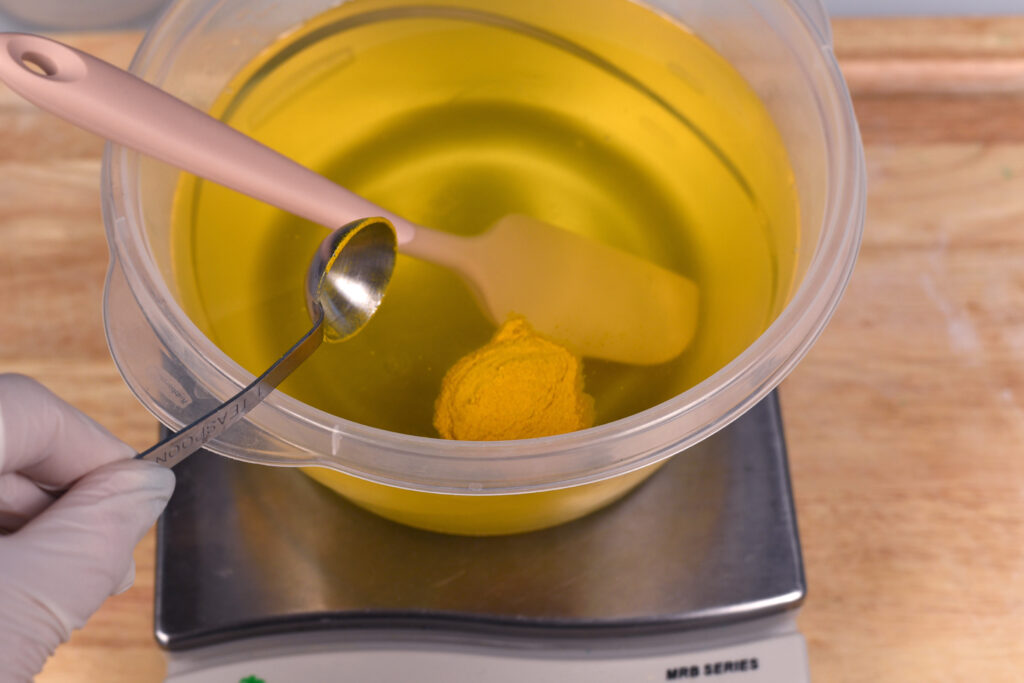
Step 5: Weigh your essential oil or fragrance oil into a glass or stainless steel container and add to your base oil.
Step 6: Prepare your mold. If you need to line your mold, line it. I used my favorite loaf mold, Nurture’s Tall and Skinny Loaf Mold.
Step 7: Check the temperatures. You should now have a container containing liquid base oils and a container containing lye solution. Take the temperatures using an infra-red temperature gun. Be sure to stir each mixture before taking the temp. You want your temperatures to be between 90-120° F.
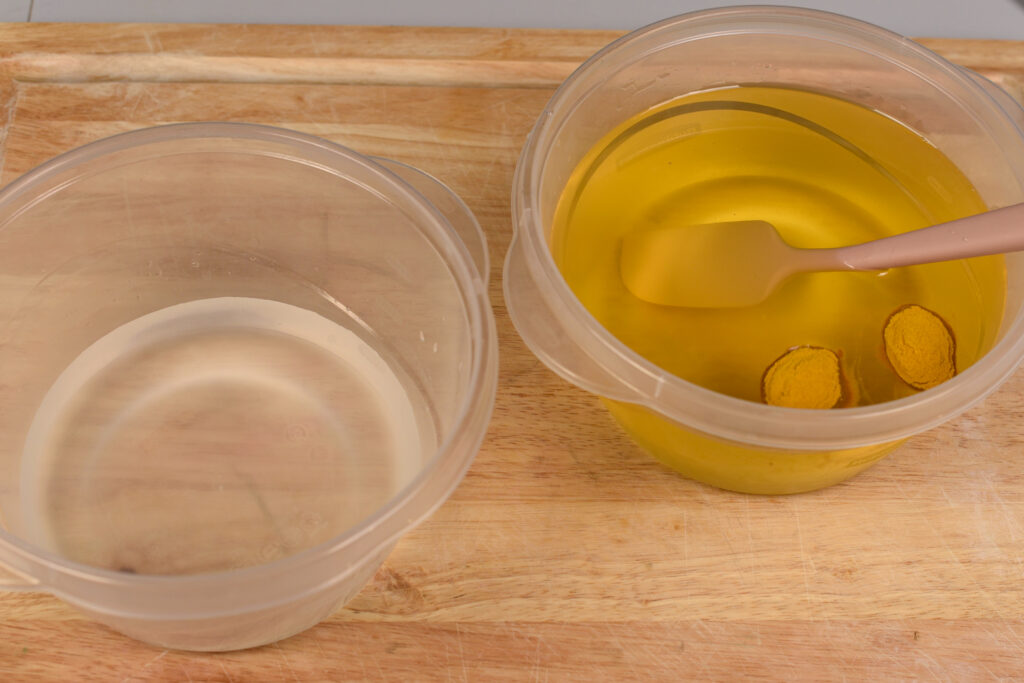
Step 8: Once you have reached desired temperatures, pour the lye solution into the oil mixture and mix to trace.
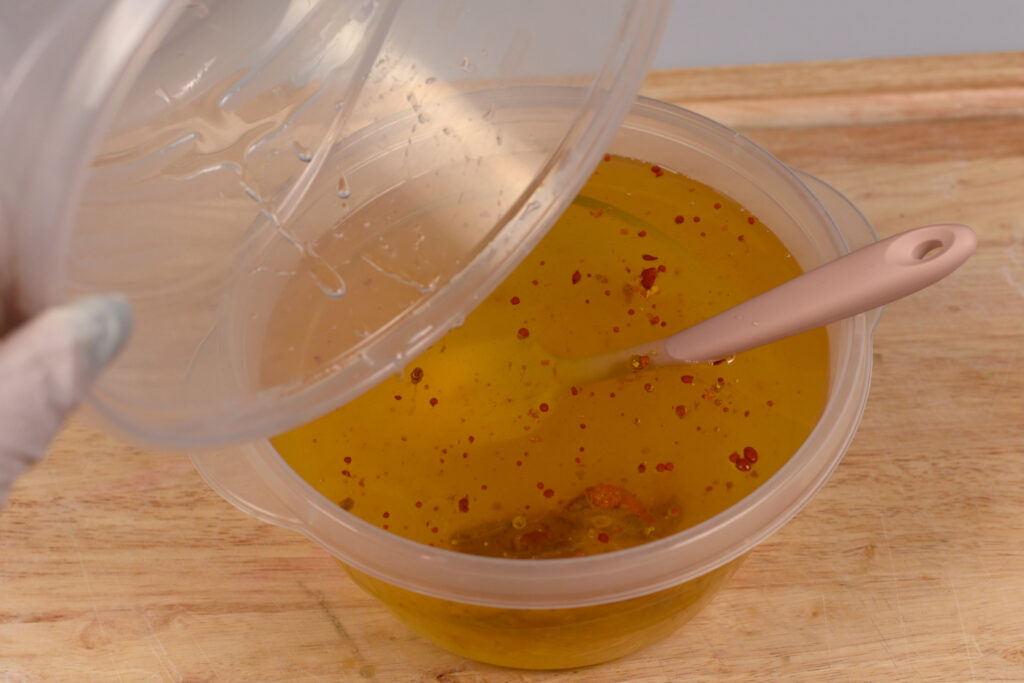
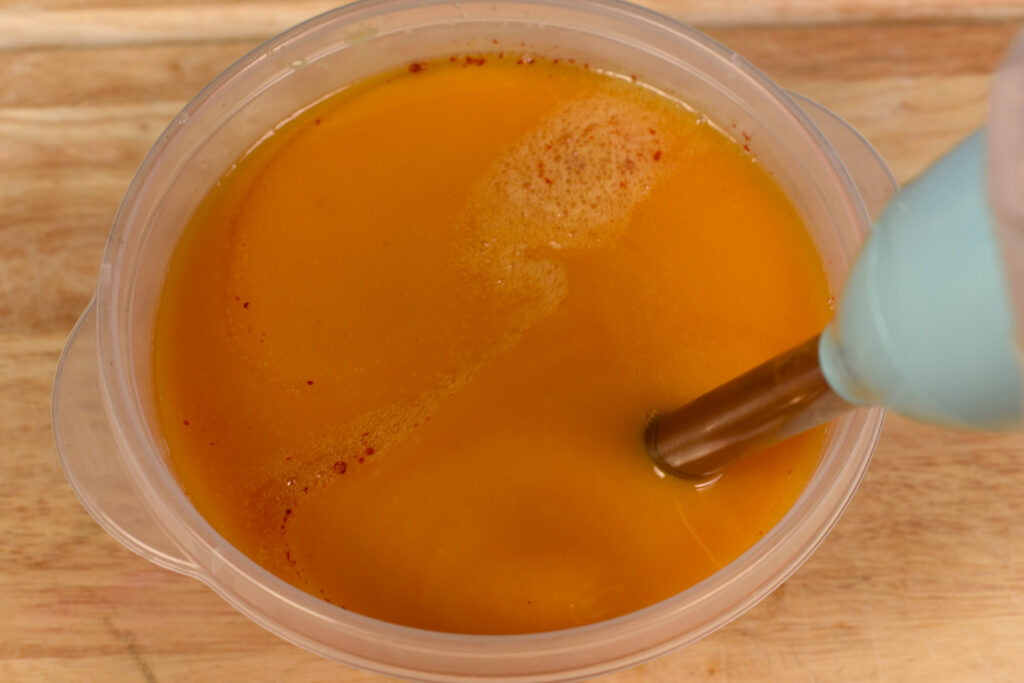
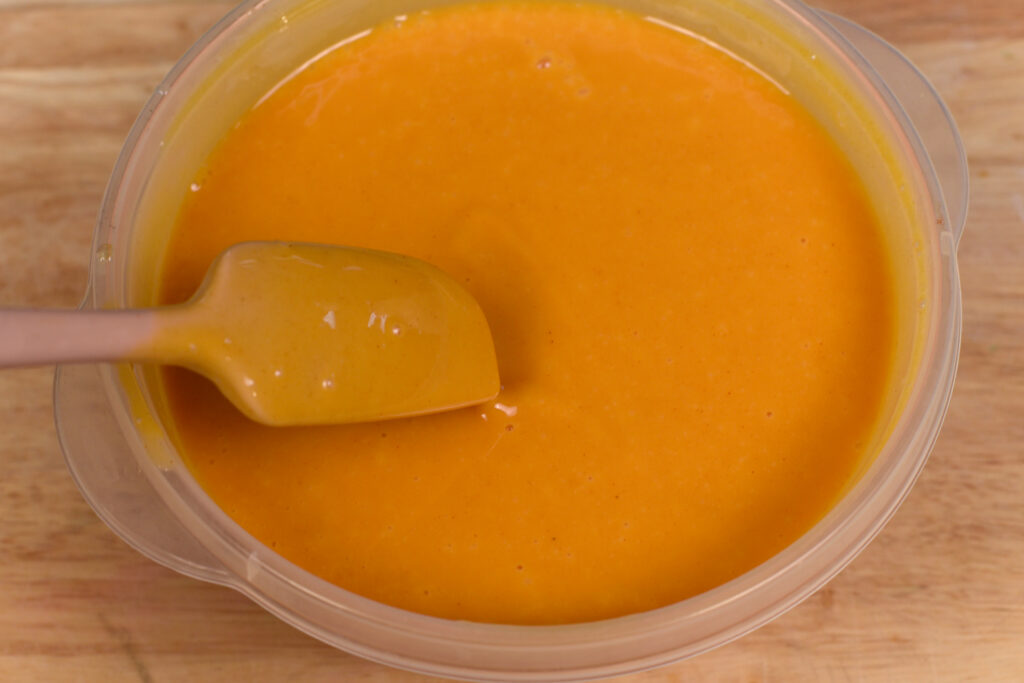
Step 9: Pour your soap into the mold.
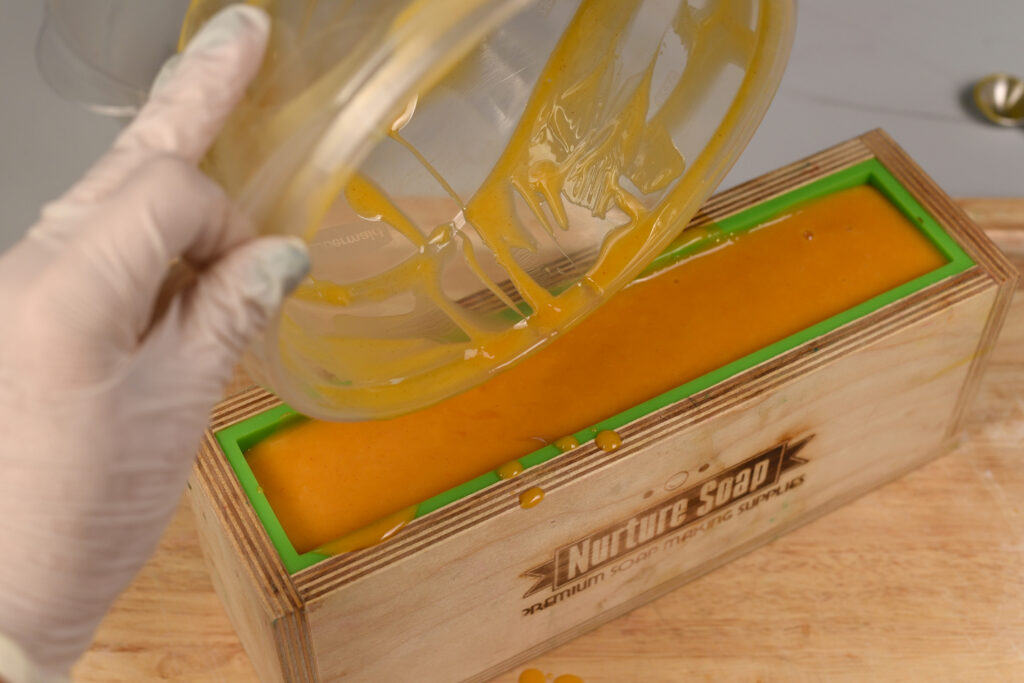
I let my soap sit for a bit to get nice and thick so I could use my spatula to create some texture on top.
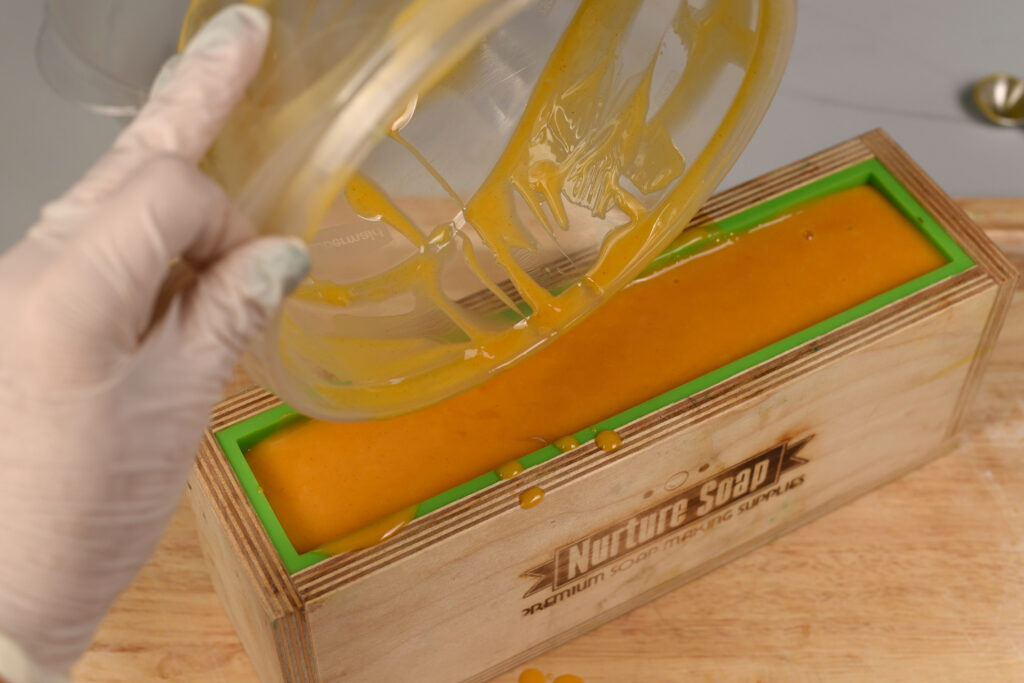
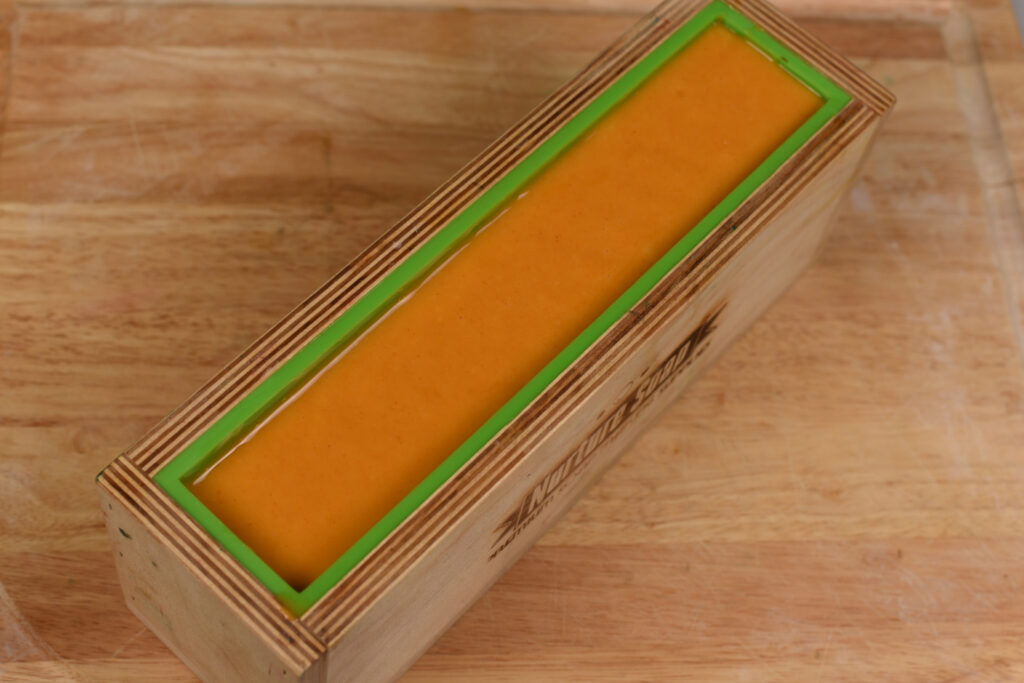
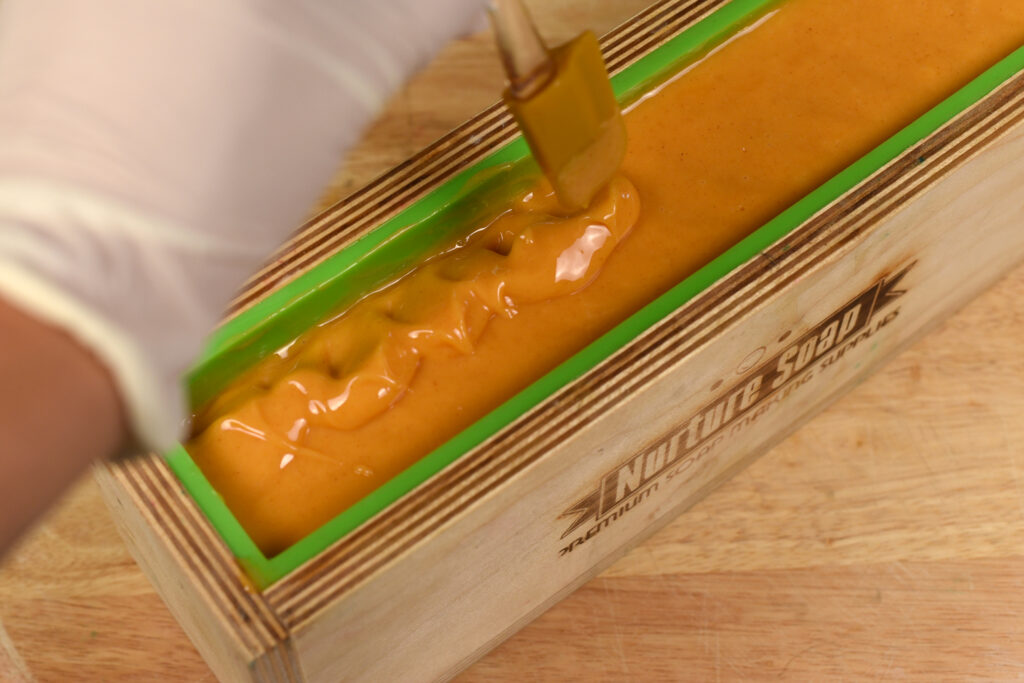
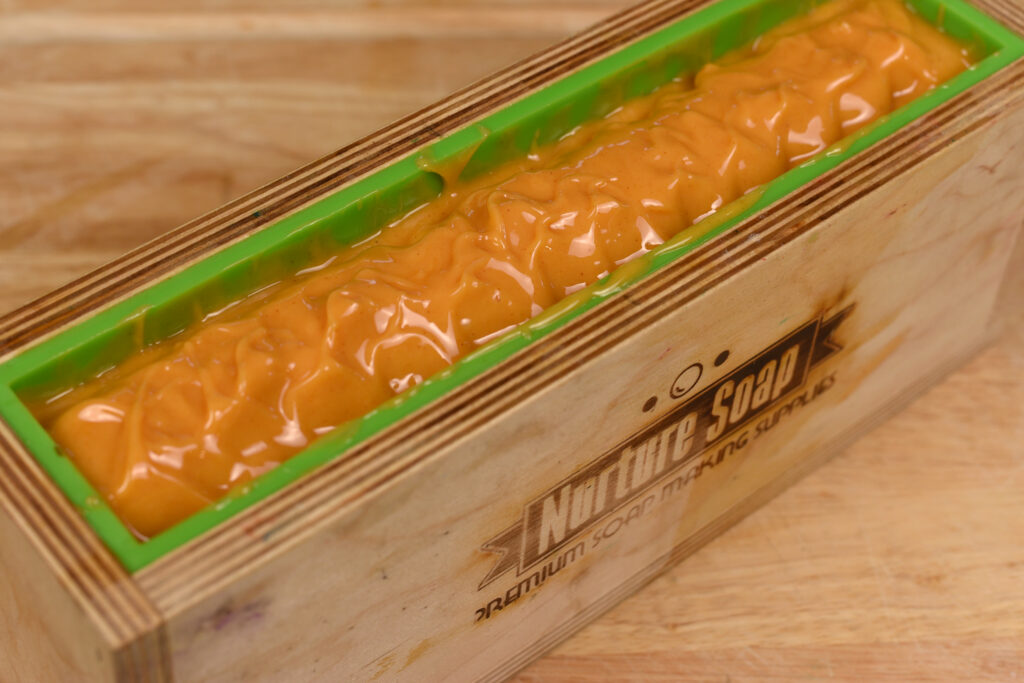
Step 10: Let your soap harden and saponify for at least 24 hours. If your soap doesn’t gel, it could take another day or two to harden enough to unmold.
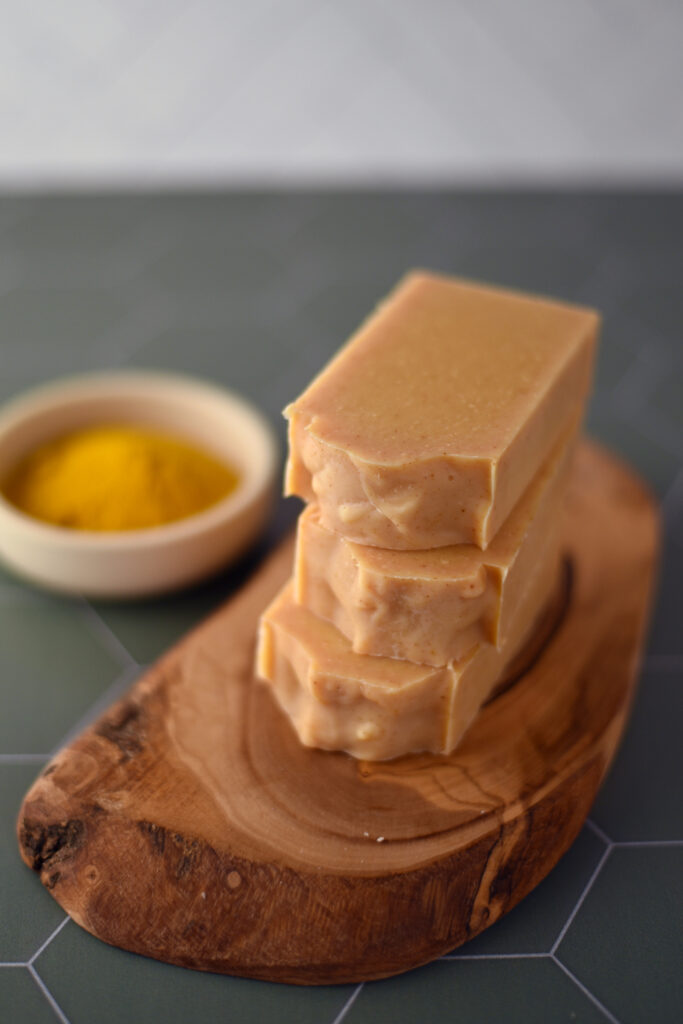
Step 11: Unmold your soap and allow it to cure for 4-6 weeks.
Happy Soaping!
Amanda

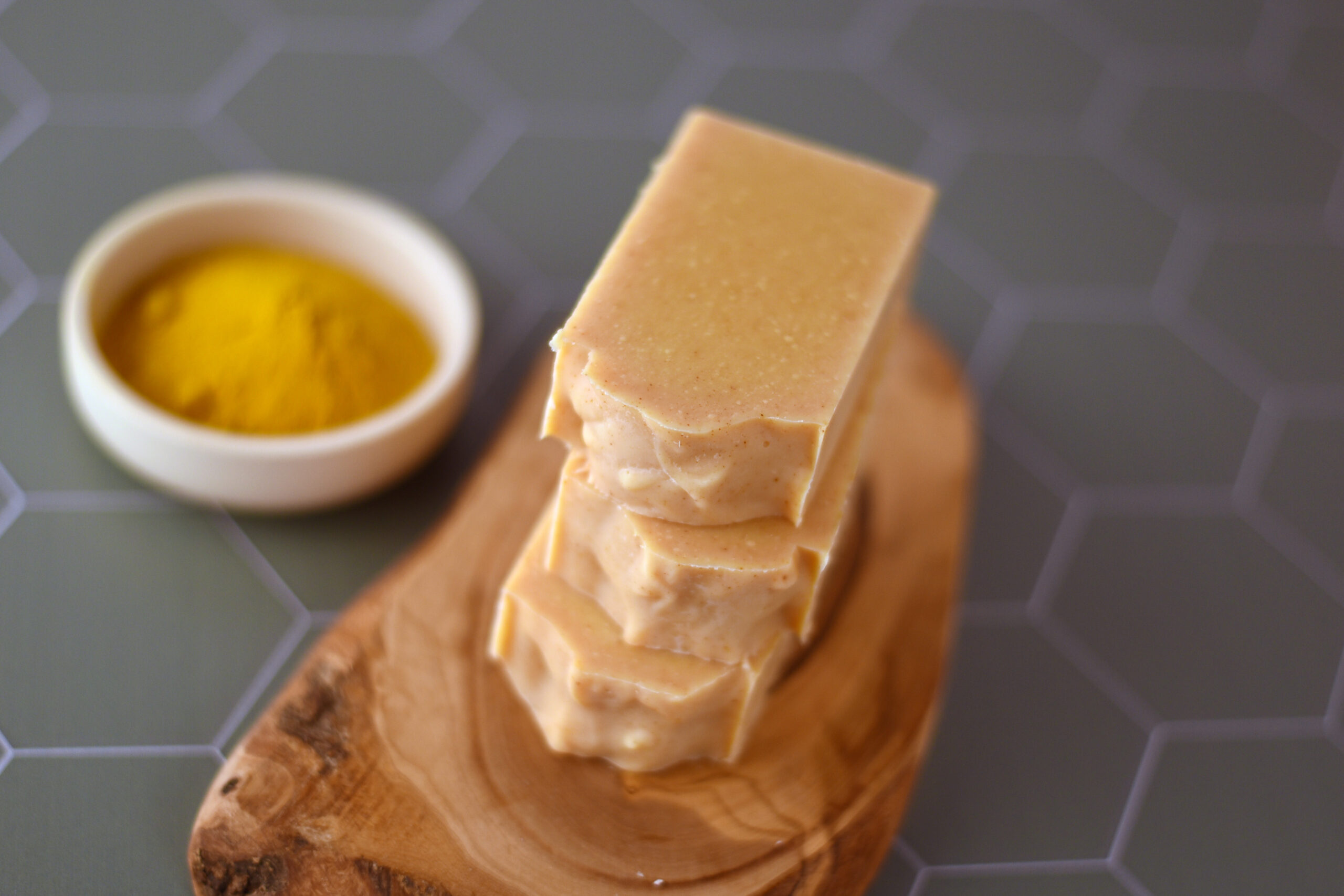
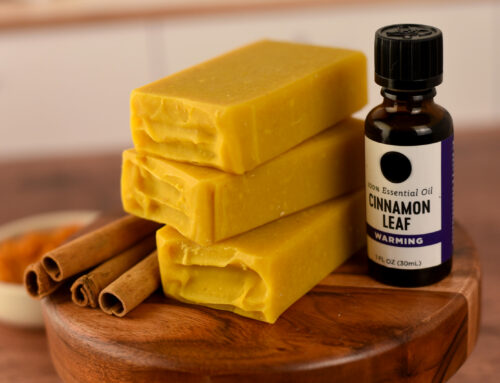
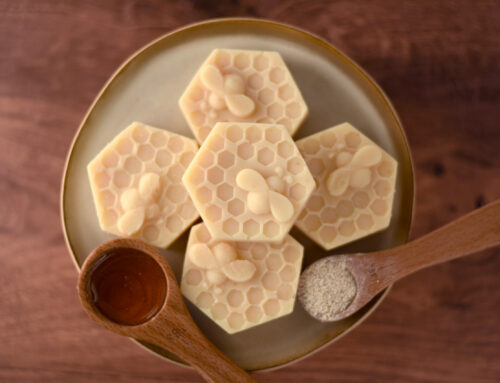
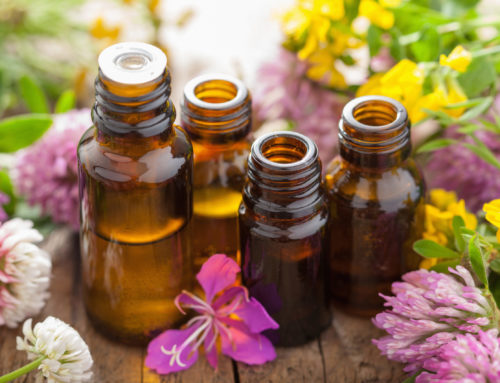
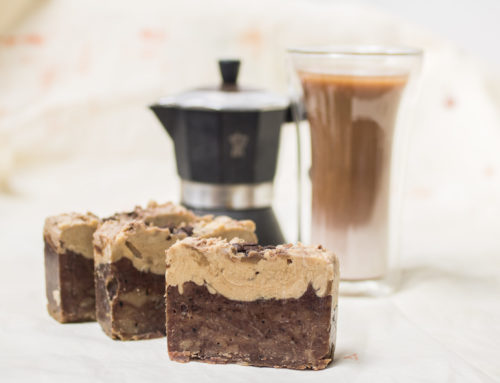

Can I mix these additives Kojic Acid Powder 99%& hyaluronic acid Powder into this Soap mixture how and when can I add it?
I also would like to know
Hi, can I substitute another oil instead of rice bran oil? Thanks
Hi, can I substitute other oil with rice bran oil? I am interested in trying this recipe. Thanks
Kitty
I’d also like to know this^
I’d like to know this too.
Hi can I use only sunflower oil instead of different oils?
You would have to run it through a soap calculator as its SAP value would be different.
HELLO from Uruguay… in my country avocado oil is very expensive… I would like to know in this recipe why another oil can I substitute it and in what quantity?
This looks lovely! I think I’ll try to infuse it into olive oil, though I might add just a touch of tumeric to the batter to get that speckled look. My olive oil will be out of date soon – can I add Grapefruit Seed Extract to the batter so I don’t have to worry about DOS? If so, what percentage would work? Thanks!!